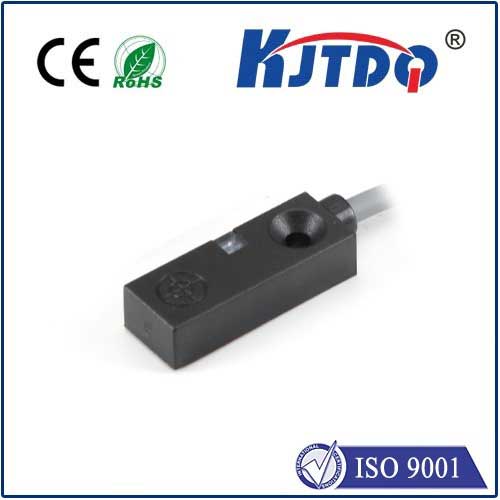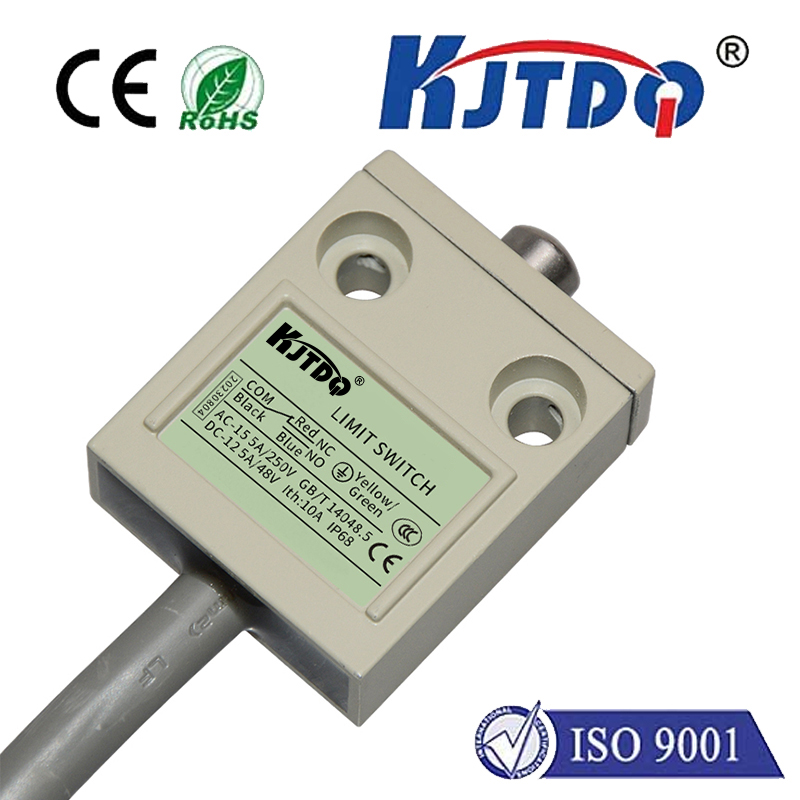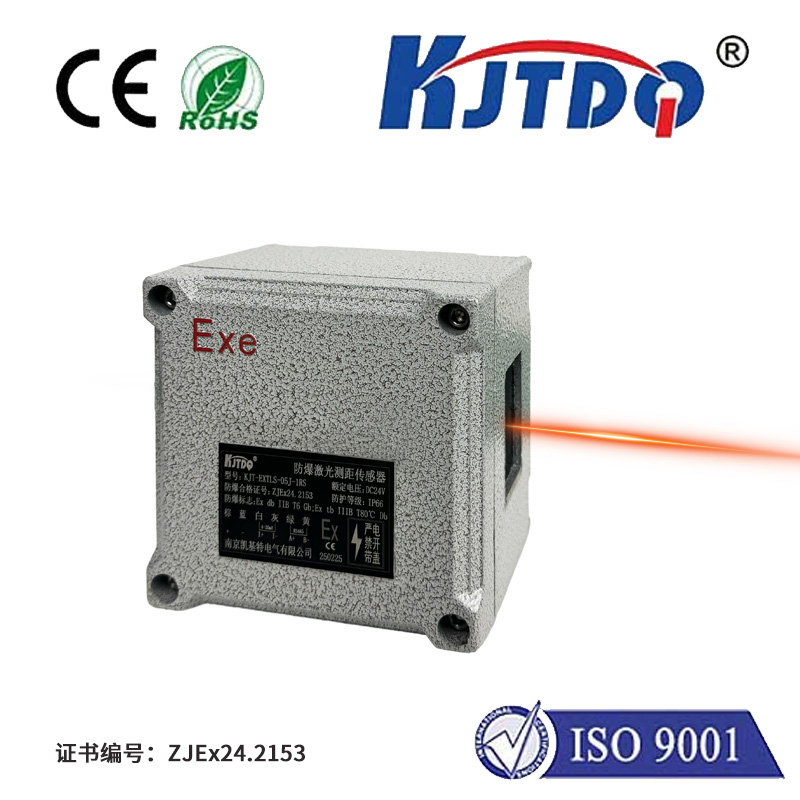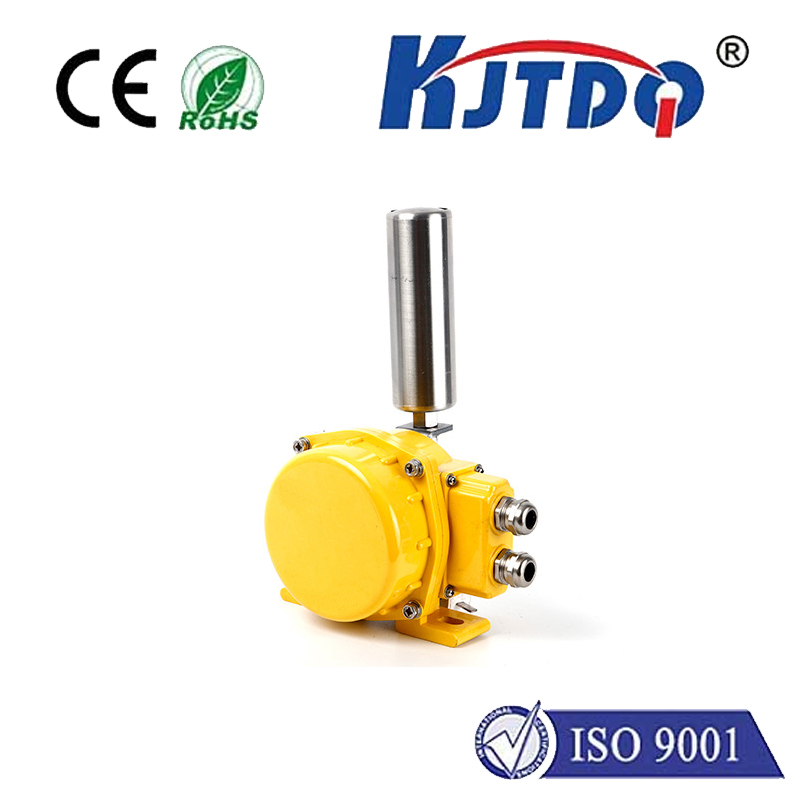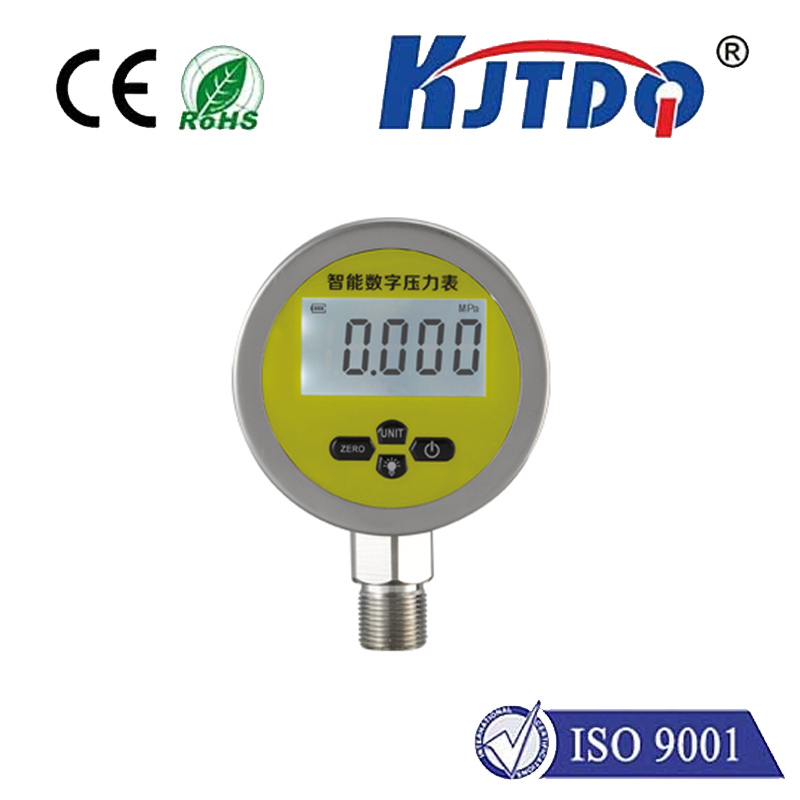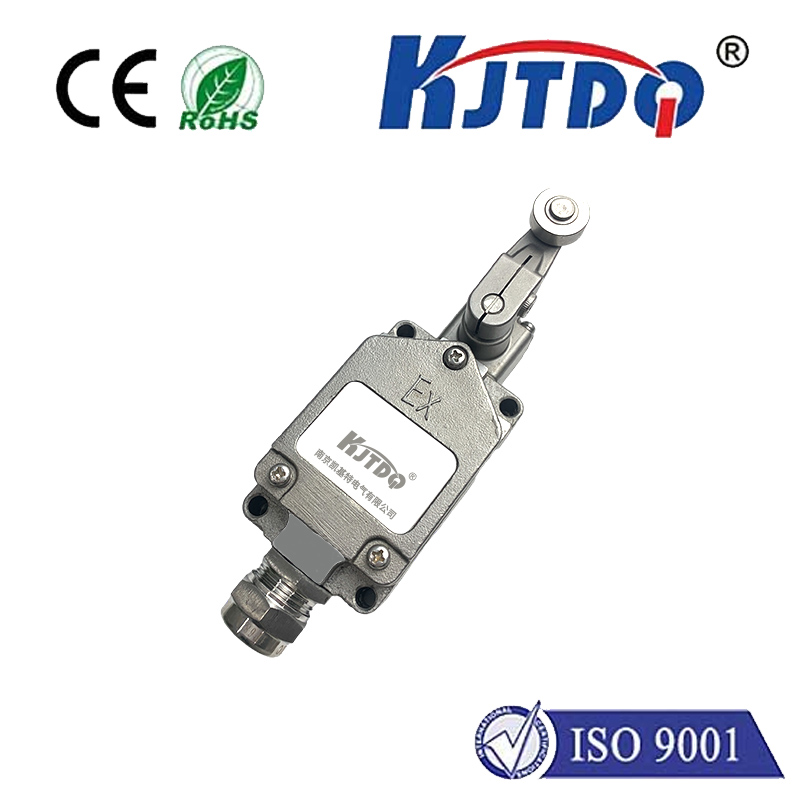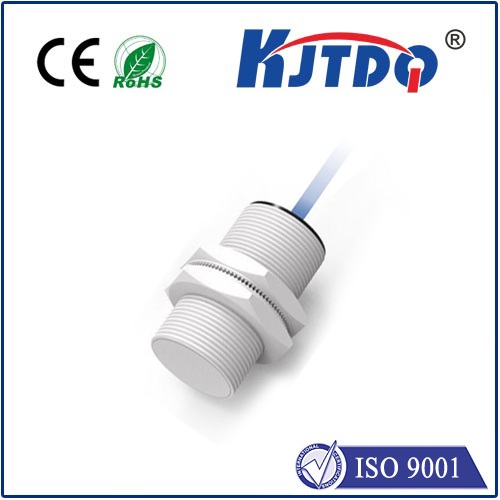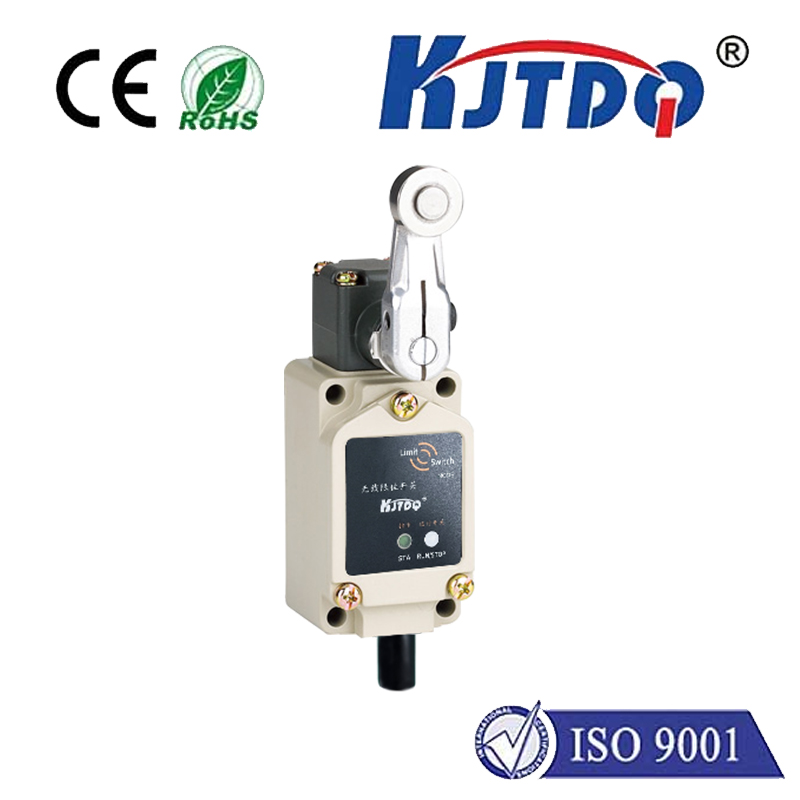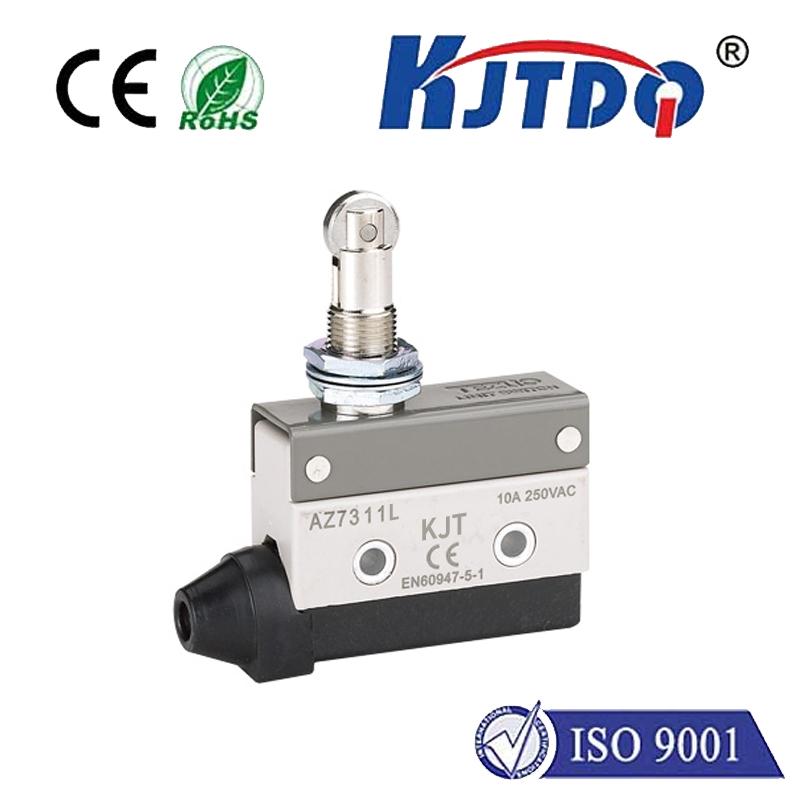

check

check

check

check

check

check

check

check

check

check
Title: The Infrared Obstacle Detection System: Revolutionizing Automation and Safety
In the ever-evolving world of technology, one crucial aspect that has seen significant advancements is automation. Automation, especially in industries such as manufacturing and logistics, has not only increased efficiency but also introduced new challenges related to safety. One solution that has emerged to address these concerns is the Infrared Obstacle Detection System (IR obstacle system). This revolutionary technology ensures both enhanced productivity and a safe working environment by detecting obstacles in the path of automated systems like robotic arms, conveyors, and autonomous vehicles.
The IR obstacle system works on the principle of infrared light waves. It consists of an emitter that sends out these waves and a receiver that detects them after they bounce back from any object in their path. When an obstacle blocks this path, the change in received signals triggers an alarm or stops the operation of machinery, thus preventing possible collisions or damage. The sensitivity of the system can be adjusted based on the specific needs of the application, ensuring it's versatile across various environments.

One of the primary advantages of the IR obstacle detection system is its non-intrusive nature. Unlike physical barriers or other types of sensors that may obstruct work areas or require installation within machinery, the IR system can be mounted externally without affecting the setup's functionality. Its ability to operate in diverse conditions, including in low-light environments and through certain types of fog or smoke, further extends its usability across different sectors.
Safety is paramount in industrial settings, and the integration of IR obstacle detection systems has proven invaluable in minimizing risks. For example, automated guided vehicles (AGVs) used in warehouses and distribution centers rely heavily on such systems to navigate their routes safely, avoiding unexpected obstacles that could lead to accidents. Similarly, the implementation of IR sensors in public spaces, such as libraries or museums, helps create a safer experience for visitors while maintaining an open and welcoming aesthetic.
Moreover, the data gathered by IR obstacle systems can be analyzed to improve operational strategies. By understanding where obstacles frequently occur, businesses can adjust their processes or layout to minimize disruptions. This proactive approach not only reduces downtime but also contributes to creating more streamlined operations that are less likely to encounter future issues.
However, despite its benefits, the effectiveness of an IR obstacle system depends on proper calibration and maintenance. If not correctly set up or if the sensors become dirty or misaligned, false alarms or undetected obstacles can pose a risk. Therefore, regular checks and adjustments are necessary to maintain optimal performance.
In conclusion, the Infrared Obstacle Detection System represents a significant leap forward in enhancing automation and ensuring safety. Its adaptability, combined with its non-intrusive nature and capability to operate under various conditions, makes it an essential tool for modern industries seeking to balance efficiency with employee and visitor welfare. As technology continues to evolve, so too will our methods of obstacle detection and avoidance, promising even safer and more efficient automated futures.
